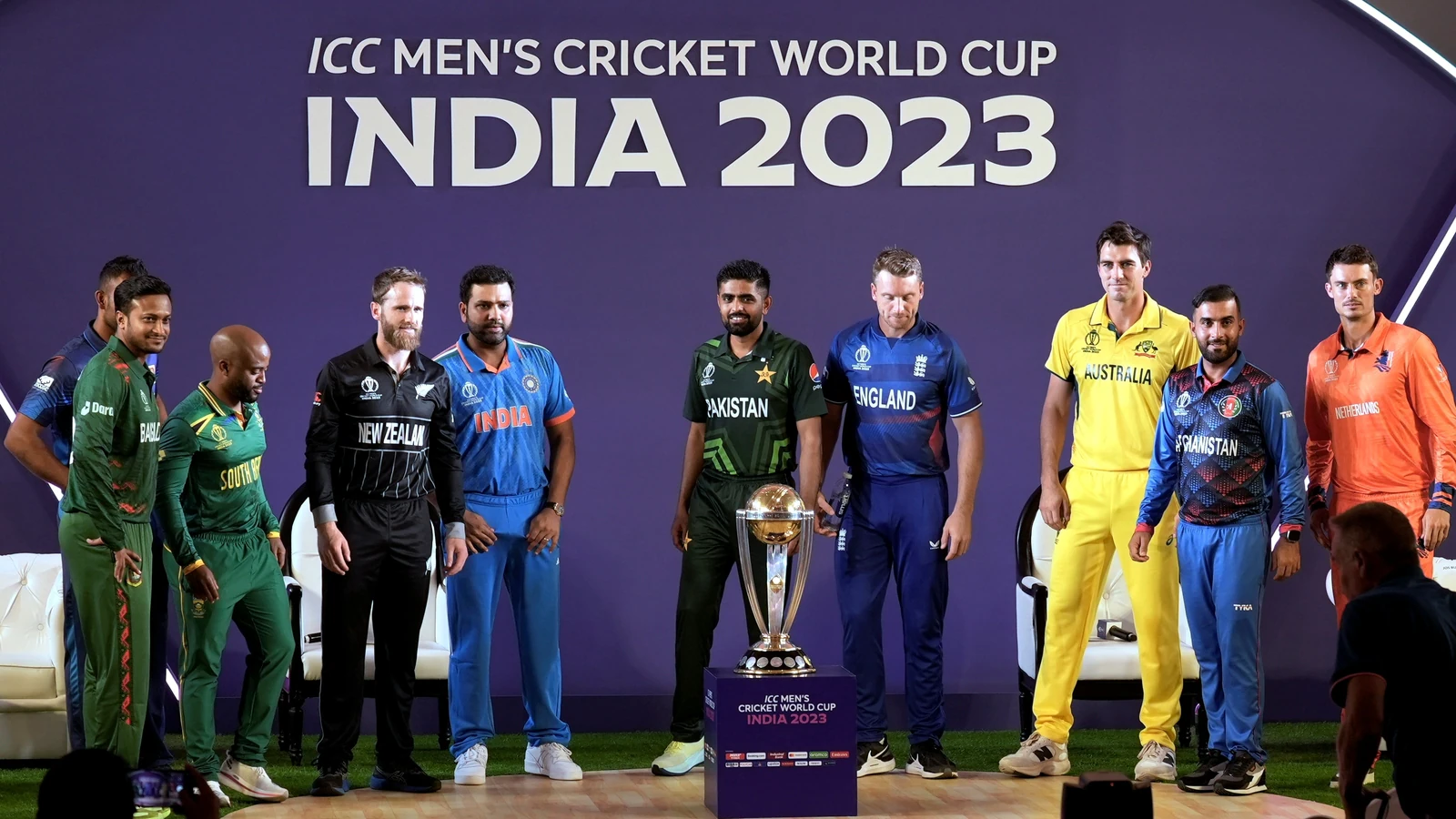Cricket in India isn’t just a sport; it’s an emotion. The 13th edition of the ICC Cricket World Cup has returned to Indian soil after a long 12-year wait, creating an electric atmosphere that transcends stadiums and homes alike. While the focus is undeniably on thrilling matches and fierce rivalries, there’s another game in play—the one that fuels the Indian economy.

Economic Impact of the World Cup
Economists from the Bank of Baroda have calculated the potential windfall, estimating that the ICC Men’s Cricket World Cup could inject a staggering $2.4 billion into India’s economy. Another report from BQ Prime echoes this sentiment, forecasting an economic boost of around Rs 13,500 crore.
The World Cup 2019 saw a colossal viewership of 552 million and became one of the most-watched tournaments in the history of Indian television. The India-Pakistan showdown garnered an astonishing 244 million viewers, according to BARC data.
The stage is set for an even grander spectacle with the home soil excitement. The economists predict that total viewership—across television and streaming platforms—will surpass the 2019 record. This anticipation spells good news for broadcasters and sponsors, potentially reaping a handsome ₹105 billion to ₹120 billion in TV rights and sponsorship revenue.
Yet, the World Cup is not merely about the matches—it’s an experience almost like an Indian festival. Thousands of ardent cricket fans will embark on journeys, through roads, skies, and rails to witness live action. They’ll book accommodations, relish local cuisines, and secure coveted match tickets, ranging from a modest Rs 500 to an eye-popping Rs 40,000-50,000!
The ones not traveling to attend in person will be glued to their screens, streaming matches online, and indulging in snacking. Snacks, cold drinks, and beer will be the order of the day, often procured through e-commerce and food delivery services.
This grand event promises to provide an economic boost across various sectors, including food delivery, quick commerce, alcoholic beverages, soft drinks, media, and online gaming. Madan Sabnavis, Chief Economist at the Bank of Baroda, estimates that World Cup-related spending could inject a substantial Rs 18,000-20,000 crore into the economic output for the October-December quarter.
Impact on the Sports Industry
India’s sports industry is a magnet for significant sponsorships and media spending, tallying an impressive $1.8 billion annually. A staggering 85 percent of this largesse gravitates toward cricket alone. Cricketing events alone command a lion’s share, with $900 million allocated to media spending each year, constituting 8 percent of the country’s total advertising spend.
This year, the estimated spends by brands are $240 million, with a 10-second ad costing up to INR 30 lakh. The official sponsors include giants like Coca-Cola, Google Pay, Unilever, and more.
Inflation Concerns
However, the World Cup could also cast its shadow on inflation. Airline tickets and hotel rentals have already witnessed price hikes for the duration of the tournament. Additionally, service charges in the informal sector across the ten host cities may experience notable increases. This could nudge inflation upward by a modest 0.15% to 0.25% for the months of October and November.
Boost in Consumption
Moreover, consumption has risen over the past decade because more people are now taking home a bigger paycheck. A recent analysis by BNP Paribas based on numbers from the income tax department show the number of people earning above Rs 5 lakh per annum has surged five times, from 3.8 million in FY12 to 18 million in FY21.
The downside of higher consumption is inflation. Hotel and flight tickets, for instance, have become costlier in the wake of the World Cup.
Historical Returns During the World Cup
Let’s take a quick look at historical market returns during previous World Cup seasons.
- In 2003, market returns soared by an impressive 71.9%.
- 2007 saw a substantial increase of 54.77%.
- However, 2011 witnessed a temporary setback with a dip of -24.62%.
- In 2015, there was a minor hiccup with returns declining by -4.06%.
- In 2019, the markets rebounded, posting a gain of 12.02%.
These numbers underscore the potential for significant market movements during World Cup seasons, and the 2023 World Cup in India is poised to follow suit.
Conclusion
As India takes center stage in hosting the ICC Cricket World Cup 2023 , the economic prospects for key sectors such as hospitality, aviation, and food and beverages look exceedingly promising.
In conclusion, the ICC Cricket World Cup 2023 isn’t just a celebration of cricket; it’s a celebration of India’s economic vitality, showcasing its prowess in hosting a global sporting event while providing significant economic benefits across various sectors. As the matches unfold, it’s not just the boundaries and wickets that’ll be in focus—it’s the economic scorecard that promises to keep us equally enthralled.
*Disclaimer*
The information provided in the above blog is intended for informational purposes only. It does not constitute financial or investment advice. The content presented here should not be considered as a recommendation to buy, sell, or invest in any financial instruments, stocks, securities, or assets.
Interested in how we think about the markets?
Read more: Zen And The Art Of Investing
Watch/hear on YouTube: Investing with legends series
Start investing through a platform that brings goal planning and investing to your fingertips. Visit kuvera.in to discover Direct Plans and Fixed Deposits and start investing today.











